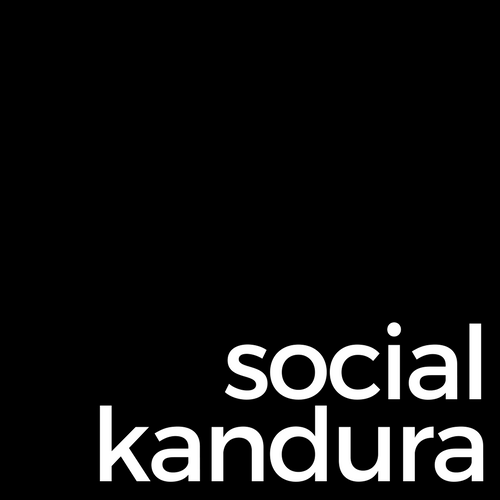Dubai’s taxi network continues to prove its importance in the city’s mobility system, with official figures showing 59.5 million trips made in the first six months of 2025. Passenger numbers climbed to over 103 million, marking a 7 per cent increase compared to the same period last year.
The Roads and Transport Authority (RTA) attributed this growth to rising demand for e-hailing platforms, hourly rental services, and the expanding market share of Hala Taxi.
E-Hailing Drives Passenger Growth
Hala, the RTA-endorsed e-hailing service, accounted for 41.3 per cent of all taxi trips in the first half of 2025, up from 40.3 per cent in 2024. This shift reflects the growing preference for app-based bookings among residents and visitors seeking quick, cashless transport solutions.
Service efficiency also improved notably. Around 74 per cent of Hala trips achieved arrival times under 3.5 minutes, compared to 70 per cent in the same period last year. Industry insiders link this improvement to better driver distribution, smart dispatch technology, and a larger pool of active drivers.
Expanding Fleet and Faster Services
Dubai’s taxi fleet saw a modest but impactful increase in operational drivers — rising from roughly 13,000 to almost 14,000 within a year. This expansion, coupled with data-driven route planning, has reduced waiting times across the network.
Passengers report smoother booking experiences, especially during peak evening hours, which have historically been challenging due to high demand. The combination of technology and a well-maintained fleet has helped the sector keep pace with the city’s rapidly evolving transport needs.
Role in Dubai’s Wider Mobility Strategy
Taxis accounted for 26 per cent of all public transport usage in the first half of 2025. Across buses, metro, tram, marine transport, and shared mobility, Dubai recorded 395 million total journeys — up 9 per cent from last year.
The RTA has been working on integrating taxis into its broader sustainable mobility plan, ensuring they complement major projects like the upcoming Dubai Metro Blue Line. This focus aims to create a seamless experience where passengers can easily switch between different transport modes.
With the emirate’s population continuing to grow and tourism remaining strong, demand for taxis is expected to remain high. The RTA is likely to further invest in smart mobility tools, enhance driver training, and expand app-based services to maintain the sector’s upward trajectory.
For residents, this means shorter waits, wider coverage, and reliable transport options — all key to keeping Dubai’s transport network one of the most efficient in the region.
Read More:
- Sheikh Zayed Grand Mosque Ranks Among World’s Top 10 Attractions in 2025 – Social Kandura
- Dance Like BLACKPINK or BTS at Abu Dhabi’s First Free K-Pop Academy This August – Social Kandura
For more updates on Dubai’s transport news and local developments, follow Social Kandura for the latest insights and stories from across the UAE.











